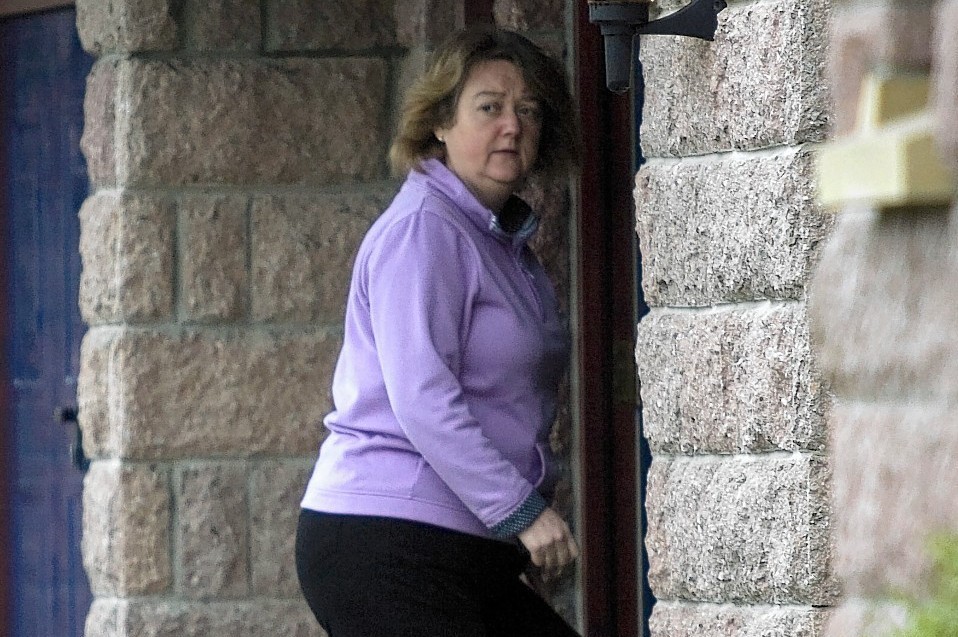A baby had to be rushed to intensive care after its heart rate dropped drastically with no explanation, an inquiry has heard.
The baby, which had appeared healthy to staff before being born, is just one of 20 that Kirsteen Stewart – who was a primary midwife at the time – is accused of harming at Aberdeen Maternity Hospital.
The 48-year-old is accused by the Nursing and Midwifery Council (NMC) of needlessly giving a labour-inducing drug to pregnant woman.
It is claimed her actions resulted in 12 of the mothers needing emergency cesarean sections to save their babies’ lives.
Yesterday, obstetrician Tara Fairley told the panel she had never seen such a drastic and unexplained drops in babies’ heartbeats.
She revealed one baby’s heart rate fell in under four minutes from a healthy 110bmp to a critical 66bmp.
She added: “I am aware of one baby requiring intensive care and several had to spend time in the neonatal unit.”
The babies suffered bradycardia, a fetal heart rate of fewer than 100 beats per minute which can result in distress, jaundice and even death.
The NMC claims this happened as a result of Ms Stewart giving women intravenous doses of the labour-inducing, or “oxytocic”, drug Syntocinon – although admits it has no proof she did so, other than the “remarkable trend” of women who experienced problems.
Ms Stewart, of Newmachar, Aberdeenshire, is not attending or being represented at the hearing in Edinburgh, but has previously claimed the cases were “bad luck”.
But yesterday Dr Fairly said: “I have been practising for 13 years and I have never seen a single case that is completely unexplained of this severity.
“The condition usually occurs when the baby has already shown signs of distress, not for a completely healthy fetus as we have seen in all of these cases.
“The only logical explanation is for a bolus dose of an oxytocic drug being administered.”
Dr Fairley said that profound fetal bradycardia occurred in all of the cases, which happens “very infrequently” and that there would almost “always be” an explanation.
She told the NMC that although a midwife may recommend Syntocinon to induce or progress labour, it would have to be prescribed by a doctor.
She warned that too much of the drug could cause the uterus to contract “very firmly” depriving the baby of oxygen – meaning they may need emergency delivery and that there could be a risk of brain injury, cerebral palsy or even death.
Police investigated Ms Stewart but no criminal proceedings were brought against her in relation to the incidents, which occurred between October 2007 and March 2010. The hearing continues.
